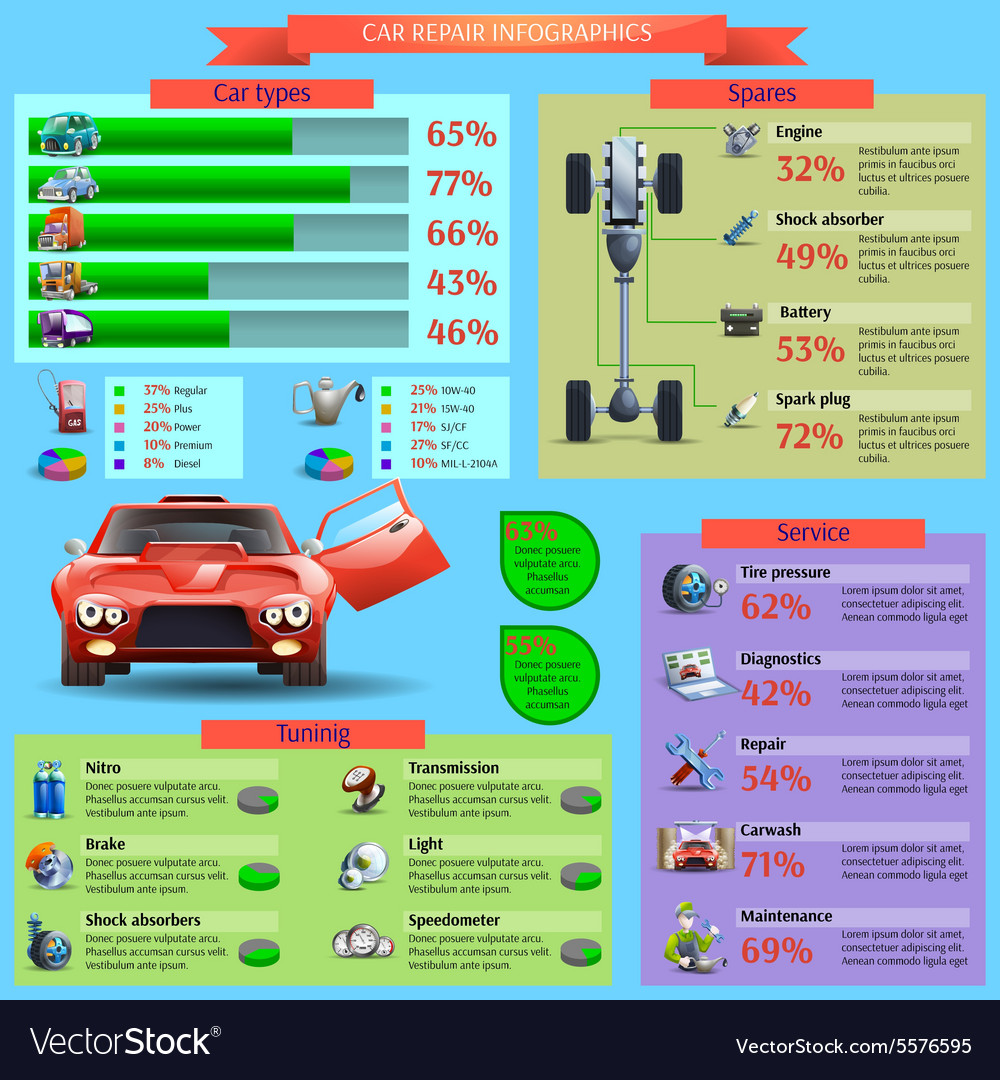Recognizing Your Vehicle'S Warning Lights: What Do They Actually Mean?
Recognizing Your Vehicle'S Warning Lights: What Do They Actually Mean?
Blog Article
Article Author-Vinson Dalgaard
When you lag the wheel, those radiant caution lights on your dashboard can be a little bit difficult. Do you understand what they're attempting to inform you concerning your auto's health and wellness? Recognizing the value of these lights is important for your security and the long life of your vehicle. So, the next time among those lights appears, wouldn't you want to analyze its message precisely and take the essential steps to address it?
Common Warning Lighting and Interpretations
Determine usual caution lights in your vehicle and understand their significances to guarantee safe driving.
The most regular warning lights include the check engine light, which signifies concerns with the engine or exhausts system. If this light comes on, it's essential to have your lorry examined immediately.
The oil pressure warning light shows reduced oil stress, calling for instant focus to stop engine damage.
A flashing battery light may suggest a defective billing system, potentially leaving you stranded otherwise dealt with.
The tire stress monitoring system (TPMS) light notifies you to low tire stress, affecting lorry security and fuel effectiveness. Disregarding this might cause dangerous driving conditions.
The abdominal light suggests a problem with the anti-lock stopping system, endangering your ability to quit promptly in emergency situations.
Lastly, the coolant temperature warning light warns of engine overheating, which can cause serious damage otherwise solved quickly.
Recognizing these common warning lights will certainly aid you resolve problems without delay and maintain safe driving conditions.
Significance of Prompt Focus
Comprehending the common caution lights in your cars and truck is just the very first step; the relevance of without delay attending to these cautions can not be highlighted sufficient to ensure your security when driving.
When view it illuminates on your control panel, it's your car's method of connecting a prospective concern that needs focus. Overlooking these warnings can cause a lot more extreme issues down the road, jeopardizing your safety and possibly costing you a lot more out of commission.
Prompt attention to cautioning lights can avoid failures and accidents. As an example, a blinking check engine light could suggest a misfire that, if left neglected, could create damages to the catalytic converter. Resolving this quickly can conserve you from a costly fixing.
Similarly, a brake system advising light could signal low brake fluid or worn brake pads, critical components for your safety and security when driving.
DIY Troubleshooting Tips
If you observe a warning light on your dashboard, there are a few do it yourself troubleshooting ideas you can try prior to looking for expert aid.
The primary step is to consult your automobile's handbook to comprehend what the certain warning light suggests. Often the problem can be as straightforward as a loose gas cap setting off the check engine light. Tightening the gas cap may fix the trouble.
car wash auckland is a reduced battery, which can trigger different warning lights. Examining the battery connections for rust and guaranteeing they're protected may repair the issue.
If a caution light persists, you can try resetting it by disconnecting the vehicle's battery for a couple of minutes and then reconnecting it. Furthermore, checking your lorry's liquid levels, such as oil, coolant, and brake fluid, can assist repair warning lights associated with these systems.
Conclusion
To conclude, understanding your vehicle's caution lights is necessary for keeping your vehicle running smoothly and safely. By quickly dealing with these notifies and knowing what they suggest, you can avoid costly repair work and potential break downs.
Keep in mind to consult your vehicle's guidebook for specific information on each advising light and do something about it as necessary to ensure a trouble-free driving experience.
Keep informed, stay safe when driving!
